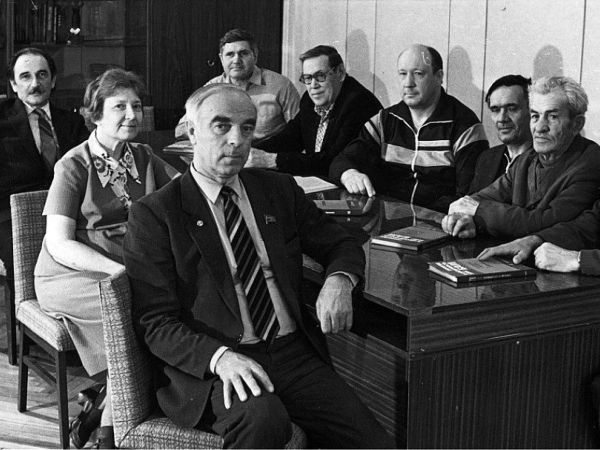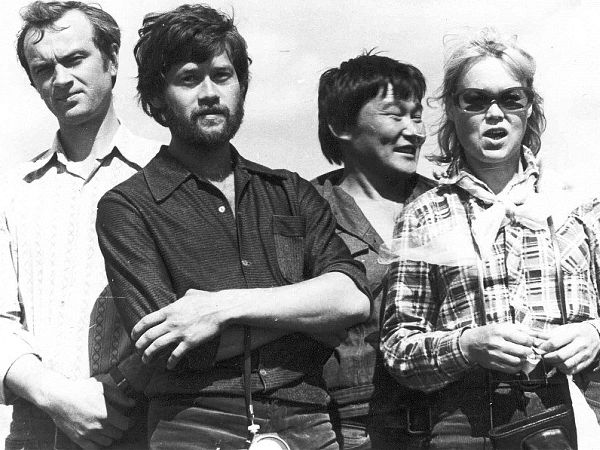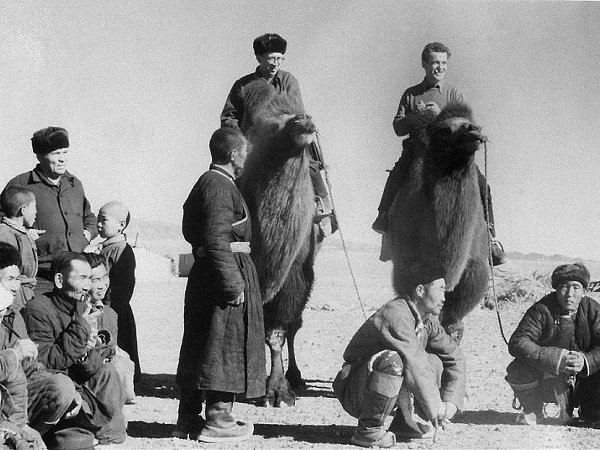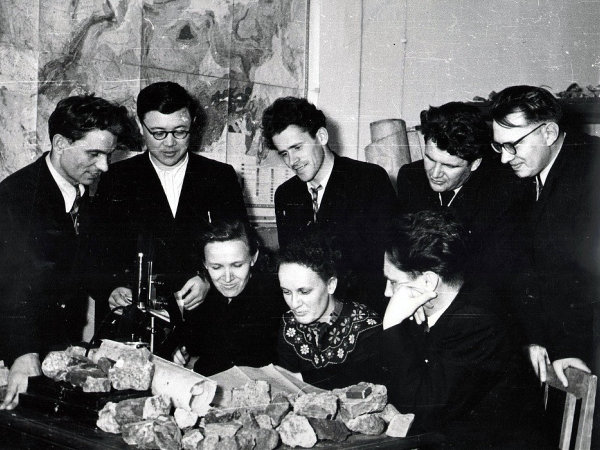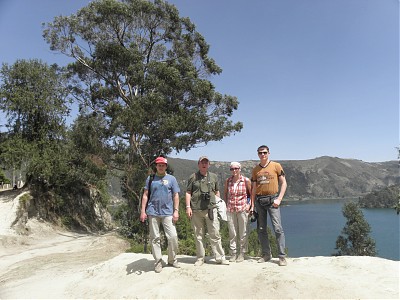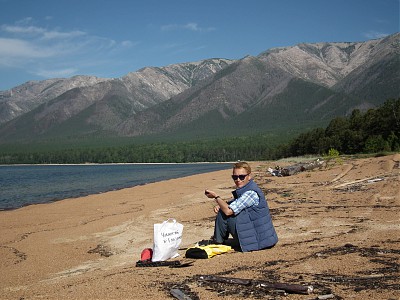Geodynamics & Tectonophysics wins in the scientific journals contest
Geodynamics & Tectonophysics, the journal published by the Institute of the Earth’s Crust SB RAS, is among the winners of Project "Continuation of the competitive support of programmes for the deve...
Attraction of the Earth Film to the 60 anniversary of formation of Institute of the Earth's crust Russian Academy of Sciences Siberian Branch
Management
Head Dmitrii P. Gladkochub, Dr. Sci. (Geol.-Min)
Laboratory of Paleogeodynamics
Chief Dmitrii P. Gladkochub, Dr. Sci. (Geol.-Min)
Laboratory of Geology and Magmatism of Ancient Platforms
Chief Konstantin N. Egorov, Can. Sci. (Geol.-Min.)
Laboratory of Cenozoic
Chief Kiril G. Levi, Dr. Sci. (Geol.-Min.)
Laboratory of Isotopy and Geochronology
Chief Sergei V. Rasskazov, Dr. Sci. (Geol.-Min.)
Laboratory of Petrology, Geochemistry and Ore Genesis
Chief Petr I. Dorogokupets, Dr. Sci. (Geol.-Min.)
Laboratory of Oil and Gas Geology
Chief Andrei G.Vakhromeev, Dr. Sci. (Geol.-Min.)
Center for Geodynamics and Geochronology
Chief Alexey Ivanov, Dr. Sci. (Geol.-Min.)
Department of Earthquake Engineering
Chief Yurii A. Berzhinskii, Can. Sci. (Geol.-Min.)
Laboratory of Engineering Seismology and Seismogeology
Chief Vasilii I. Dzhurik, Dr. Sci. (Geol.-Min.)
Laboratory of Integrated Geophysics
Chief Eugene Kh. Turutanov, Dr. Sci. (Geol.Min.)
Laboratory of Recent Geodynamics
Chief Vladimir A. Sankov, Can. Sci. (Geol.-Min.)
Laboratory of Tectonophysics
Chief Konstantin Zh. Seminskii, Dr. Sci. (Geol.-Min.)
Laboratory of Engineering Geology and Geoecology
Chief Elena A. Kozyreva, Can. Sci. (Geol.-Min.)
Laboratory of Hydrogeology
Chief Sergei V. Alexeev, Dr. Sci. (Geol.-Min.)












